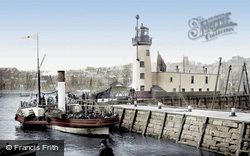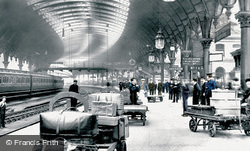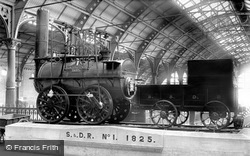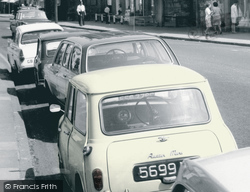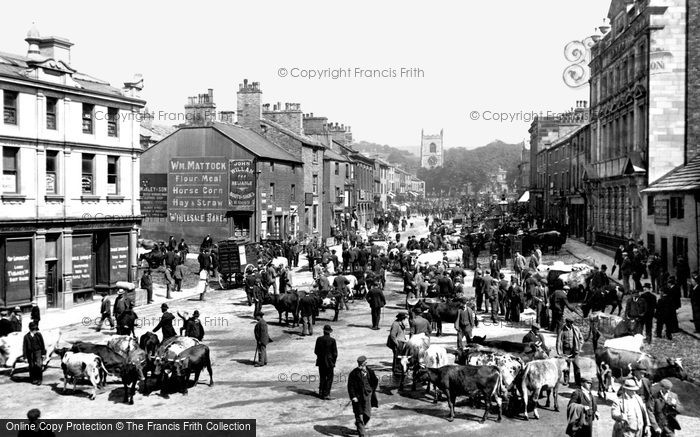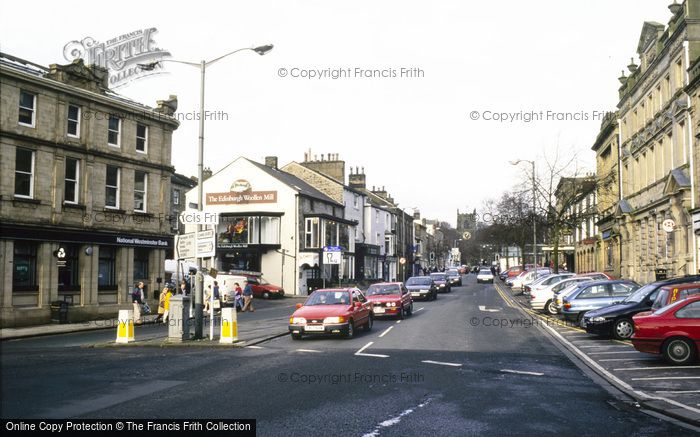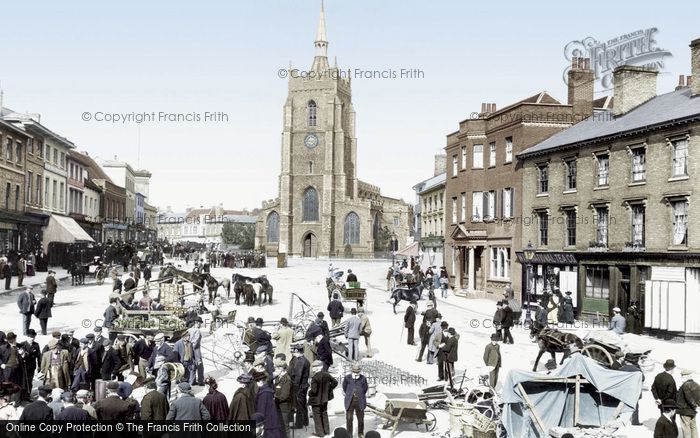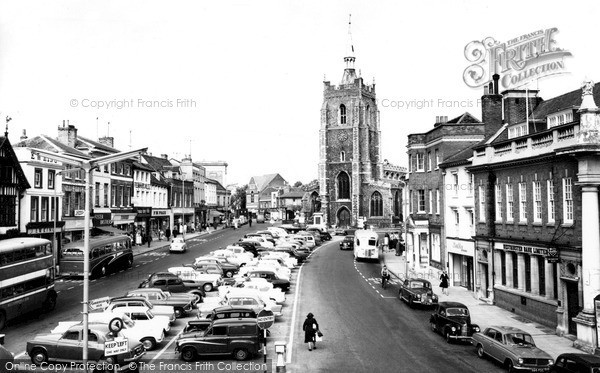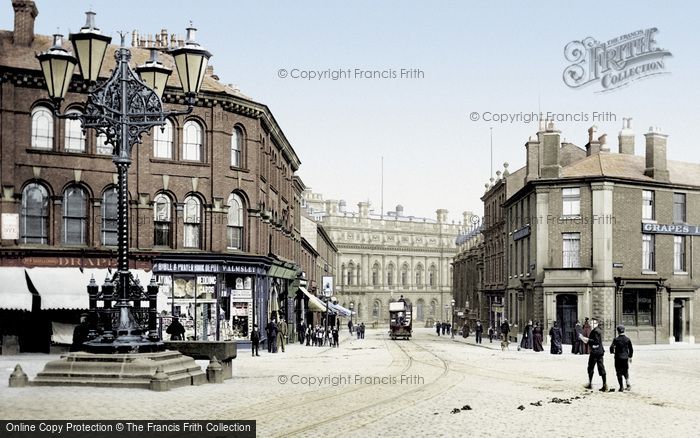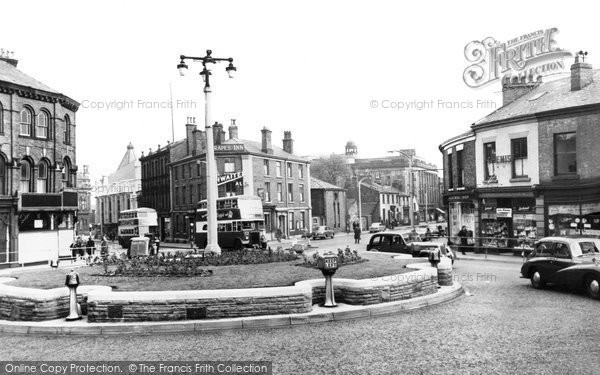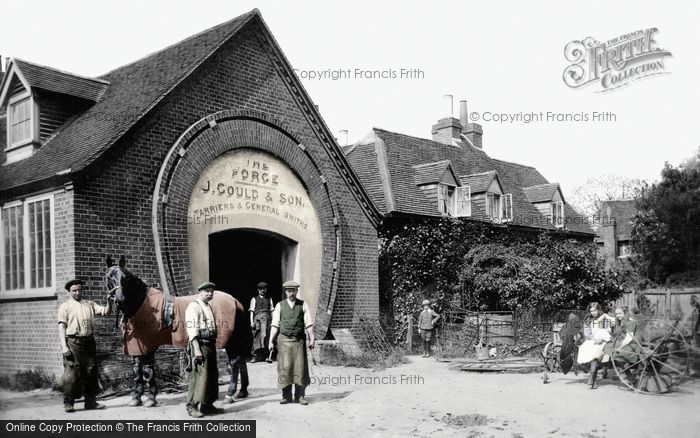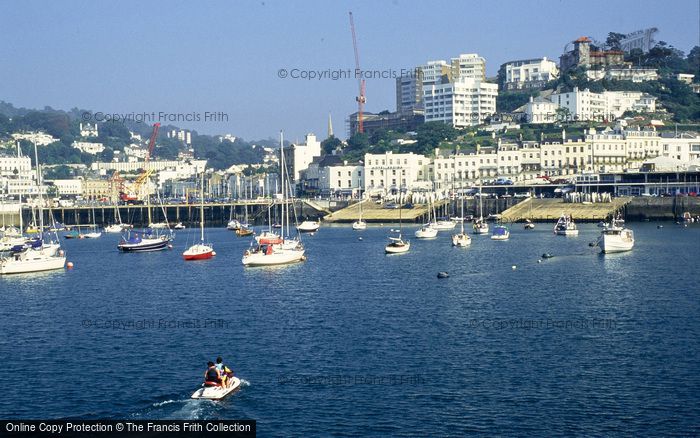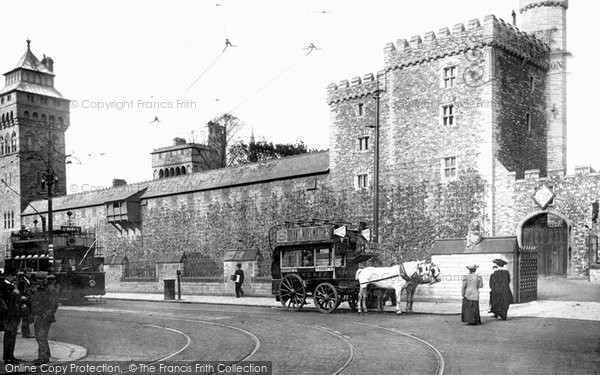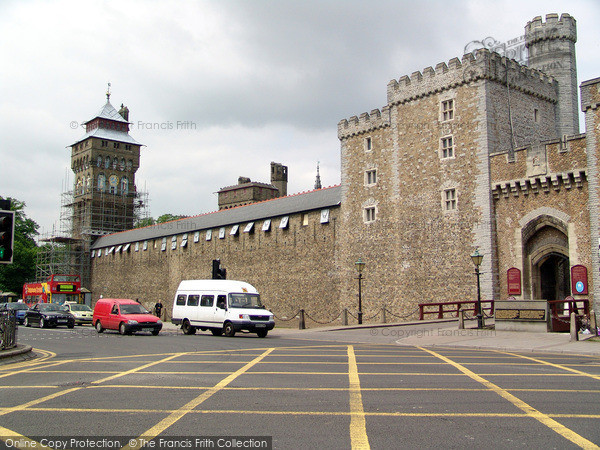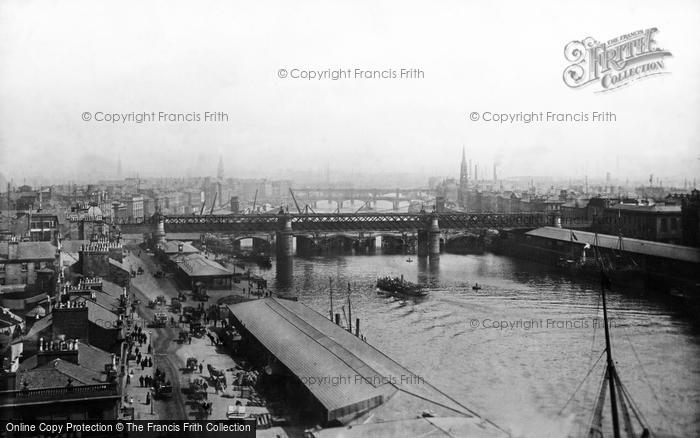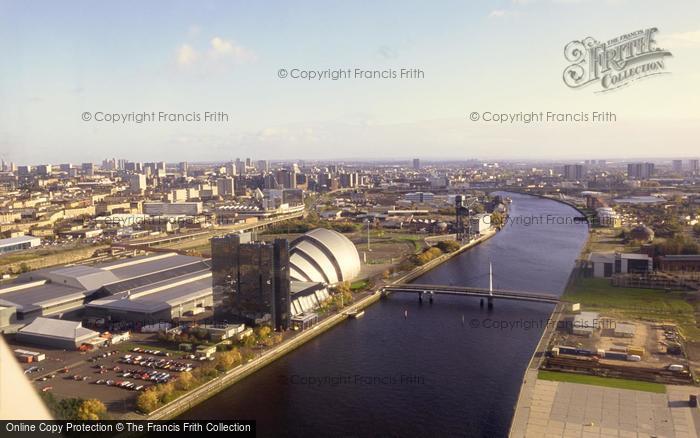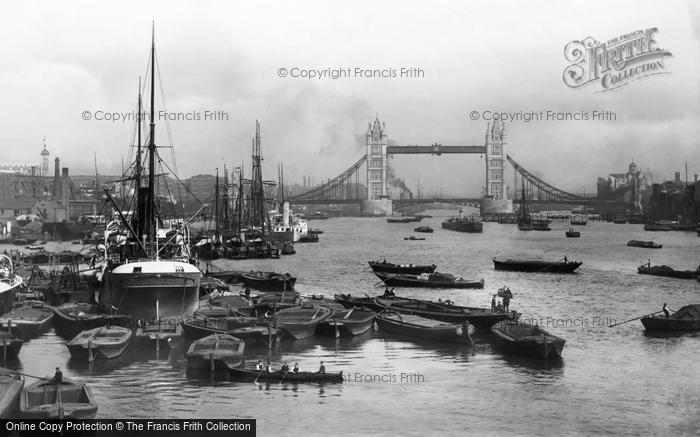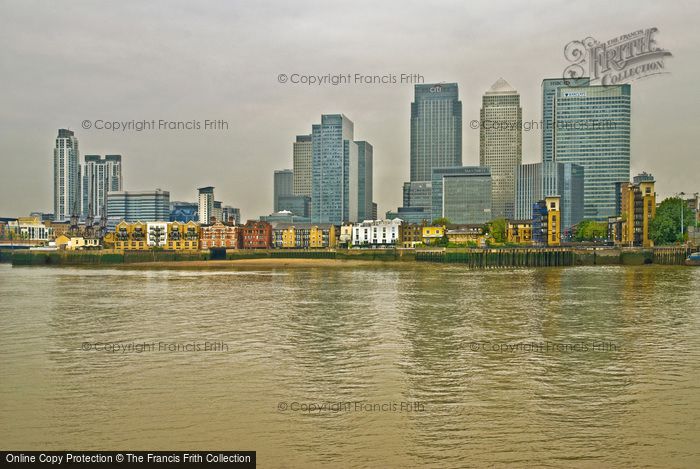World Photo Day
Published on
August 18th, 2023
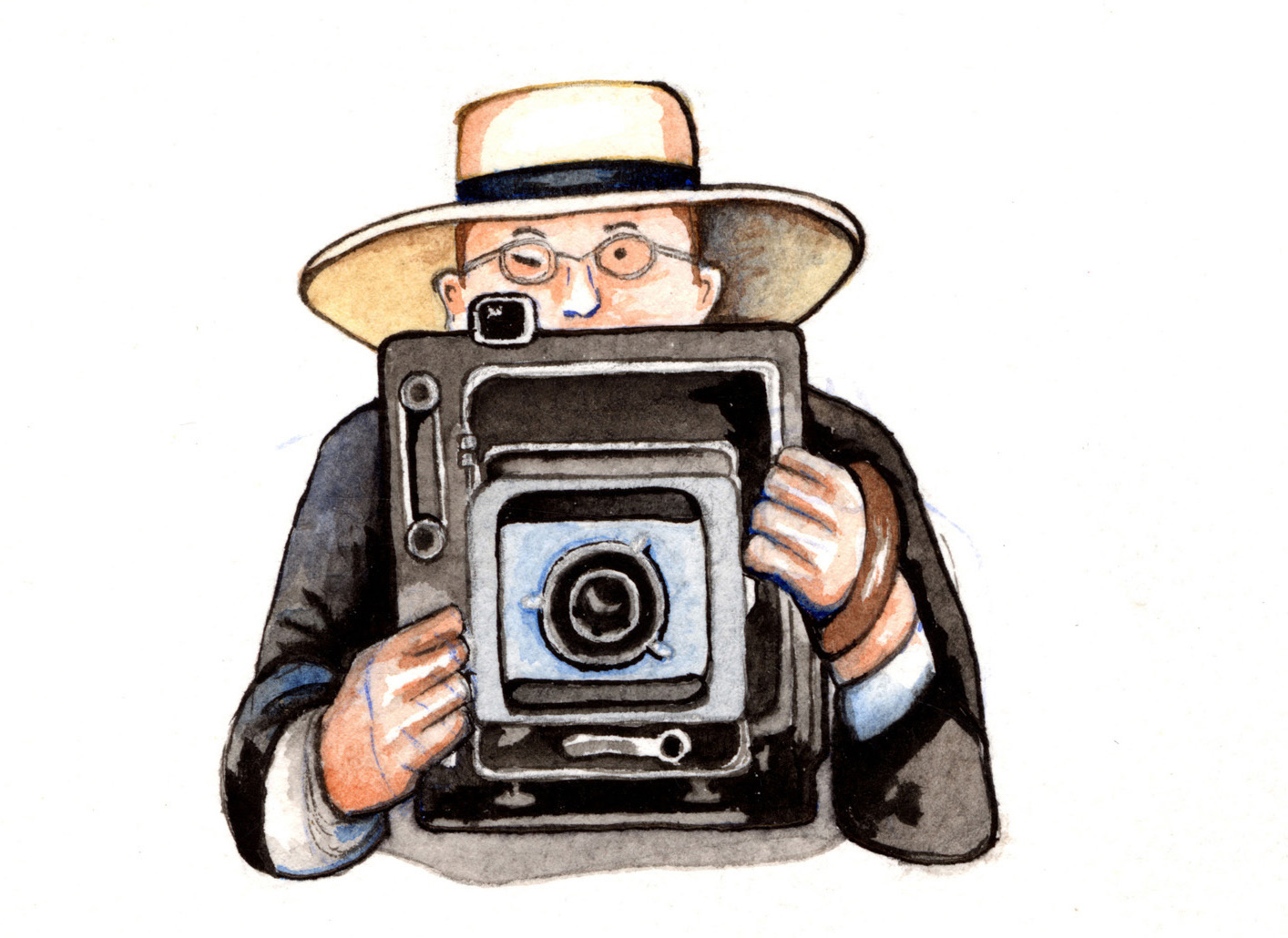 August 19th is World Photo Day, which was created in 2009 by the Australian photographer Korske Ara as an annual, world-wide celebration of the art, craft, science and history of photography, to inspire and encourage people to pick up their cameras, take photographs and share them with the world.
August 19th is World Photo Day, which was created in 2009 by the Australian photographer Korske Ara as an annual, world-wide celebration of the art, craft, science and history of photography, to inspire and encourage people to pick up their cameras, take photographs and share them with the world.
In the 1860s the pioneering Victorian photographer Francis Frith set up his photographic publishing company to make the very first photographic record of the cities, towns and villages of Britain, and sell souvenir photographic prints to the public. The development of the Victorian railway system had caused tourism to increase at a rapid rate, and throngs of holidaymakers and day trippers were travelling by train to visit beauty spots and the new seaside resorts that were springing up to cater for growing crowds of visitors. Frith realised they would enjoy having pictorial souvenirs of the places they had visited, and his company produced photographic mementos in huge numbers in a variety of formats. By the early 1890s the catalogue issued by F Frith & Co ran to 670 pages, listing thousands of views of the British Isles. After Francis Frith’s death in 1898 two of his sons, and later a grandson, continued his photographic survey into the 20th century, sending out teams of photographers all over Britain to take photos to add to F Frith & Co’s inventory of images, recording more places and expanding the number of views offered to the public. The project was greatly facilitated by the legalisation in 1902 of postcards as we know them today (with a photo on one side and address and message on the reverse), which superseded the earlier souvenir prints, and F Frith & Co subsequently became the leading publisher of postcards for much of the 20th century.
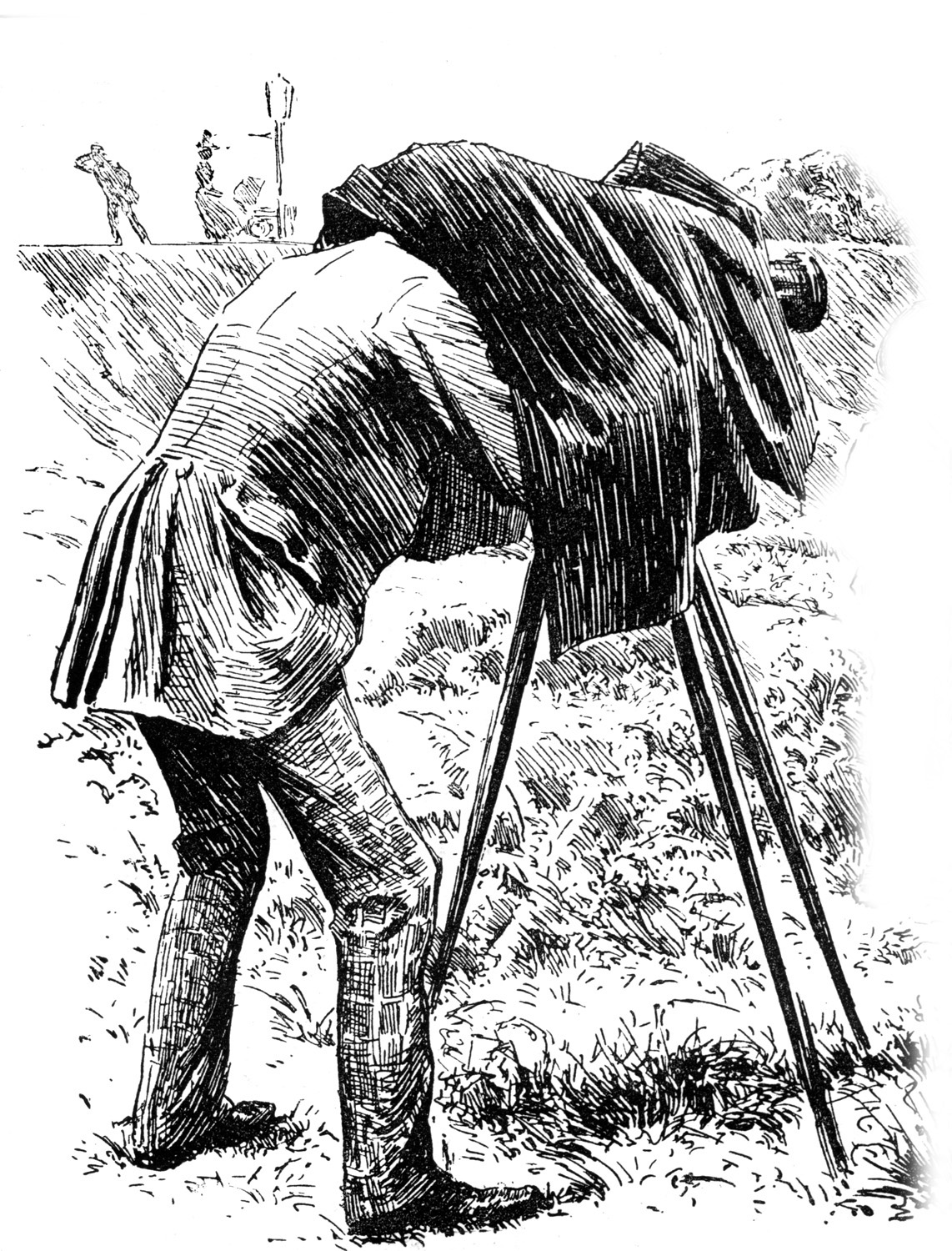 The photographic publishing company that Francis Frith created continued in business for another 72 years after his death, with a further 200,000 images added to its collection in the 1940s, 1950s and 1960s. When F Frith & Co closed down in 1970 the huge scale of the company’s ambitious undertaking had created an unrivalled collection of around 300,000 images taken between 1860 and 1970 of around 8,000 cities, towns and villages throughout the British Isles. These images, chronicling the changing face of Britain over 110 years of amazing physical and social transformation, form the very first comprehensive photographic record of the country. They offer not only an enthralling and colourful pageant of scenes and characters, but also a fascinating record of daily life as it was actually being lived throughout Britain between 1860 and 1970 and form a wonderful chronicle of the changing face of Britain over more than a century. The older Frith images record a Britain of horse-drawn carriages and farmers’ carts, bathing machines on a hundred beaches, old steam trains, paddle steamers and sailing ships, the grand hotels of British resorts in the heyday of the Great British Holiday, the workplaces, the homes of the rich and the poor, and a countryside often still being worked as it had been for generations. As the Frith archive moves into the 20th century, we see the gradual changes to street scenes as horse-drawn traffic is replaced by motor vehicles, and so many fascinating details of the small changes to everyday life – like the changing fashions and styles of prams that proud mothers promenaded their babies in, the cars they drove, and the way people enjoyed their holidays and days off, perhaps on a boat trip, a stay at a caravan park, or a fun-filled fortnight at a holiday camp.
The photographic publishing company that Francis Frith created continued in business for another 72 years after his death, with a further 200,000 images added to its collection in the 1940s, 1950s and 1960s. When F Frith & Co closed down in 1970 the huge scale of the company’s ambitious undertaking had created an unrivalled collection of around 300,000 images taken between 1860 and 1970 of around 8,000 cities, towns and villages throughout the British Isles. These images, chronicling the changing face of Britain over 110 years of amazing physical and social transformation, form the very first comprehensive photographic record of the country. They offer not only an enthralling and colourful pageant of scenes and characters, but also a fascinating record of daily life as it was actually being lived throughout Britain between 1860 and 1970 and form a wonderful chronicle of the changing face of Britain over more than a century. The older Frith images record a Britain of horse-drawn carriages and farmers’ carts, bathing machines on a hundred beaches, old steam trains, paddle steamers and sailing ships, the grand hotels of British resorts in the heyday of the Great British Holiday, the workplaces, the homes of the rich and the poor, and a countryside often still being worked as it had been for generations. As the Frith archive moves into the 20th century, we see the gradual changes to street scenes as horse-drawn traffic is replaced by motor vehicles, and so many fascinating details of the small changes to everyday life – like the changing fashions and styles of prams that proud mothers promenaded their babies in, the cars they drove, and the way people enjoyed their holidays and days off, perhaps on a boat trip, a stay at a caravan park, or a fun-filled fortnight at a holiday camp.
The Frith photographs show a fascinating record of Britain in the past, but Francis Frith’s grand ambition to create a photographic record of Britain has actually been continued since the Frith archive passed into its new, and current, ownership in the 1970s, and began trading as The Francis Frith Collection. Since then, The Francis Frith Collection has gradually been adding more recent photographs to the Frith archive, and an ever-growing selection of places in the Collection now also have some fascinating modern comparison views available.
In this blog to celebrate World Photo Day, we show a selection of 8 places featured in The Francis Frith Collection, with old black and white historical photos and some modern coloured views documenting the changes that have taken place there over the years.
Many British towns originated as local market centres, with their streets focussed on the market place. From the earliest times this was a place of hustle and bustle – and when animals were still sold in the town centre on market and fair days, it was a place of dirt and smells too. The notable width of its High Street is a sure sign that Skipton in Yorkshire has been a market town for centuries. In this busy market day scene from 1900, cattle waiting to be bought and sold are filling the cobbled High Street as far as the eye can see.
Although many of the buildings in the 1900 view above are little different and still recognisable, the atmosphere in Skipton’s High Street is now that of another world. In 1900 it was taken for granted that cattle should be brought into the centre of town for market; when this photograph was taken almost 100 years later, the livestock market had been moved elsewhere and the town centre had been given over to motor traffic.
Horse trading was going on as well as the sale of produce and farm machinery on this market day in 1904 at Sudbury in Suffolk, which had a corn and cattle market on Thursdays and a general market on Saturdays. In the background a Punch and Judy show is underway near the church, watched by an appreciative crowd.
By 1960 when this photograph was taken, the market place at Sudbury had been taken over by the motor car. St Peter’s Church in the background of this view is now redundant and serves as a cultural centre, and it has also now lost its spire – the church was restored in 1969, and the spire was found to be unsafe and was removed. Another change from the 1904 photo is the commemorative statue of the artist Thomas Gainsborough, palette in hand, that now stands in front of the church tower, and was erected in 1913 – Gainsborough was born in Sudbury in 1727 and brought up in the town.
In the Victorian era much street furniture was highly ornamental and greatly enhanced the urban landscape. The magnificent ‘Big Lamp’ on the left of this photograph of Sudell Cross at Blackburn in Lancashire was a gift to the town from Mayor Jack Smith in 1867.
Sadly, in later years the ‘Big Lamp’ at Blackburn’s Sudell Cross was considered a traffic hazard and was removed. The modern standard with its four lights in the middle of the roundabout in this photo taken around 1955 only faintly echoes the glories of the ‘Big Lamp’ seen in the 1895 view above.
In former times the village blacksmith was an important member of the community. Horses were the main form of motive power for both transport and agriculture, and the skill of the blacksmith in keeping horses well shod and farm implements in good repair was vital to the local economy. The blacksmith’s workshop, along with the church, pub and local store, was an essential component of a village’s existence prior to the arrival of the internal combustion engine. Few, however, could have boasted such a magnificent structure as this forge at Merrow in Surrey, where the very entrance incorporates a giant horseshoe in its brickwork.
By 1927, however, when this photograph of the former forge at Merrow was taken, the enterprise had succumbed to the irresistible popularity of the motor car and become a garage, complete with roadside petrol pumps. All traces of this picturesque building have now gone, and its former site on Epsom Road at Merrow is now occupied by a modern roadside service station and convenience store.
A number of Britain’s seaside resorts first became popular in the 19th century as places that were particularly recommended for invalids or the infirm. For example, Torquay in south Devon was originally just a small fishing hamlet but it began to attract invalid and convalescent visitors for this reason in the early 19th century, drawn there by the balmy climate and clean air of the Torbay area. Torquay soon developed into a fashionable resort famous for its style and sophistication and renowned for its Mediterranean-like setting, and became known as ‘The Queen of the English Riviera’. Above Torquay’s harbour stands Vane Hill, named after a prominent weather-vane that stood there in the early 19th century. The building with a tower seen on its summit on the top right of this view is the Villa Lugano (now subdivided into three properties), which was built as a copy of a building on the shore of Italy’s Lake Lugano. It was constructed in 1872, reputedly for the first American Ambassador to be based in England.
By the time this photograph was taken in the mid 1990s the slopes above Beacon Terrace seen in the 1888 view above had been massively developed, although the Villa Lugarno remains as a point of reference, top right. The three 1960s brick-faced tower blocks on the skyline of Vane Hill to the right of the crane are Shirley Towers, disparagingly termed ‘the three ugly sisters’ by many Torquinians. Nowadays Torquay’s harbour is popular as a tourist and marine resort, but during the Second World War Torquay was an embarkation point for American troops for the Normandy landings on D-Day, 6th June 1944. On the north side of the harbour, at Beacon Quay, you can still see two broad concrete slipways leading into the water that were built for the embarkation of troops from the 4th US Infantry Division onto LCTs (Landing Craft Troop) on 5th June 1944, bound for ‘Utah Beach’. The slipways were built in 1943 by British Royal Engineers who later financed the building of the nearby D-Day Embarkation Ramps memorial wall. They are possibly the best-surviving examples of D-Day fabric in the country, and are now Grade 2 listed historic monuments.
This photograph with Cardiff Castle as its backdrop is a charming illustration of the changing face of public transport in Cardiff in 1903. At left, a modern wonder is on its route to St Mary Street – electric trams were introduced into service in the city only a year earlier. At right, a group of fashionable ladies stroll towards a traditional horse-drawn bus. This mode of transport provided transport from the Castle Gate to Llandaff as late as the First World War.
Cardiff Castle has a long pedigree, with some remains of the Roman period embedded within the structure, but the whole medieval core was systematically upgraded by the 3rd Marquis of Bute and his architect and designer William Burges in the 19th century. Structures such as the clock tower were added and interiors were transformed to reflect the Victorian taste for medieval and religious art and symbolism. Although the castle entrance has been enlarged, the Animal Wall re-sited and the trailing vines long since removed since the view above was taken in 1903, this remains a familiar scene. It is still a busy thoroughfare, but horses and tramlines have long since vanished, and a small motorbus has taken their place in this photograph taken in 2004. Cardiff’s status has also changed – it became the capital of Wales in 1955, making it one of Europe’s youngest capitals.
This overhead photograph of the Broomielaw area of Glasgow from 1897 was taken looking upstream from the warehouses on the north bank of the River Clyde. Ships are tied up at the quay waiting to load up with cargo and passengers for the Clyde and Scottish coastal resorts. This picture gives us a good view in the foreground of the Caledonian Railway Bridge (completed in 1879) serving Central Station, whilst immediately behind it work is underway on rebuilding Glasgow Bridge. It is also possible to make out the towers of the suspension bridge situated a little further along the river. On the far bank are some of the warehouses along Bridge Wharf.
This photograph taken in 2001 looking over the similar area of Glasgow shows a very different cityscape. On the left is one of Glasgow’s most iconic modern landmarks, the SEC Armadillo: this concert venue and auditorium on the north bank of the Clyde was designed by the world-renowned architects Foster + Partners and opened in 1997.
Tower Bridge, near the Tower of London, opened in 1894, so was quite a novelty when this photograph was taken just two years later. A combined suspension and lifting bridge, its bascules carrying the roadway can be fully raised to allow shipping to pass through. In the foreground of this view is the Pool of London, seen here busy with barges and sailing ships.
London’s vast docks, on the north and south banks of the Thames east of the Tower, flourished from 1799 until finally closing in 1981, when their trade moved east, to the vast container port of Tilbury and other more accessible ports for modern shipping like Sheerness. Their sites have now been redeveloped into the Docklands area of waterside flats, warehouse conversions and office buildings. The most famous building, the gigantic office tower of Canary Wharf, was started in 1987, and has now been joined by others, as seen in this photograph taken in 2010.
This post has the following tags:
Archives.
You may find more posts of interest within those tags.
Join the thousands who receive our regular doses of warming nostalgia!
Have our latest blog posts and archive news delivered directly to your
inbox.
Absolutely free. Unsubscribe anytime.
 August 19th is World Photo Day, which was created in 2009 by the Australian photographer Korske Ara as an annual, world-wide celebration of the art, craft, science and history of photography, to inspire and encourage people to pick up their cameras, take photographs and share them with the world.
August 19th is World Photo Day, which was created in 2009 by the Australian photographer Korske Ara as an annual, world-wide celebration of the art, craft, science and history of photography, to inspire and encourage people to pick up their cameras, take photographs and share them with the world. The photographic publishing company that Francis Frith created continued in business for another 72 years after his death, with a further 200,000 images added to its collection in the 1940s, 1950s and 1960s. When F Frith & Co closed down in 1970 the huge scale of the company’s ambitious undertaking had created an unrivalled collection of around 300,000 images taken between 1860 and 1970 of around 8,000 cities, towns and villages throughout the British Isles. These images, chronicling the changing face of Britain over 110 years of amazing physical and social transformation, form the very first comprehensive photographic record of the country. They offer not only an enthralling and colourful pageant of scenes and characters, but also a fascinating record of daily life as it was actually being lived throughout Britain between 1860 and 1970 and form a wonderful chronicle of the changing face of Britain over more than a century. The older Frith images record a Britain of horse-drawn carriages and farmers’ carts, bathing machines on a hundred beaches, old steam trains, paddle steamers and sailing ships, the grand hotels of British resorts in the heyday of the Great British Holiday, the workplaces, the homes of the rich and the poor, and a countryside often still being worked as it had been for generations. As the Frith archive moves into the 20th century, we see the gradual changes to street scenes as horse-drawn traffic is replaced by motor vehicles, and so many fascinating details of the small changes to everyday life – like the changing fashions and styles of prams that proud mothers promenaded their babies in, the cars they drove, and the way people enjoyed their holidays and days off, perhaps on a boat trip, a stay at a caravan park, or a fun-filled fortnight at a holiday camp.
The photographic publishing company that Francis Frith created continued in business for another 72 years after his death, with a further 200,000 images added to its collection in the 1940s, 1950s and 1960s. When F Frith & Co closed down in 1970 the huge scale of the company’s ambitious undertaking had created an unrivalled collection of around 300,000 images taken between 1860 and 1970 of around 8,000 cities, towns and villages throughout the British Isles. These images, chronicling the changing face of Britain over 110 years of amazing physical and social transformation, form the very first comprehensive photographic record of the country. They offer not only an enthralling and colourful pageant of scenes and characters, but also a fascinating record of daily life as it was actually being lived throughout Britain between 1860 and 1970 and form a wonderful chronicle of the changing face of Britain over more than a century. The older Frith images record a Britain of horse-drawn carriages and farmers’ carts, bathing machines on a hundred beaches, old steam trains, paddle steamers and sailing ships, the grand hotels of British resorts in the heyday of the Great British Holiday, the workplaces, the homes of the rich and the poor, and a countryside often still being worked as it had been for generations. As the Frith archive moves into the 20th century, we see the gradual changes to street scenes as horse-drawn traffic is replaced by motor vehicles, and so many fascinating details of the small changes to everyday life – like the changing fashions and styles of prams that proud mothers promenaded their babies in, the cars they drove, and the way people enjoyed their holidays and days off, perhaps on a boat trip, a stay at a caravan park, or a fun-filled fortnight at a holiday camp.
